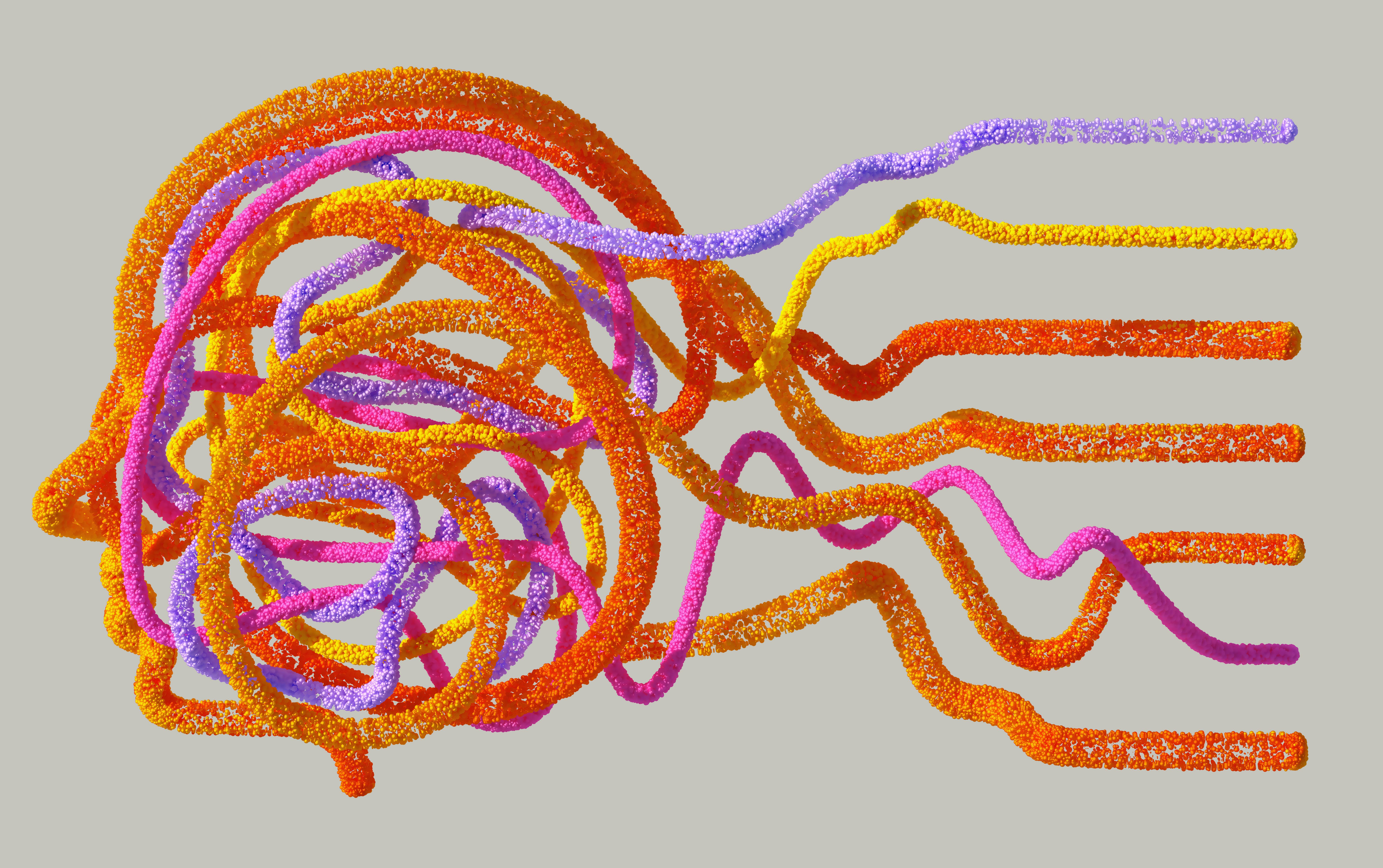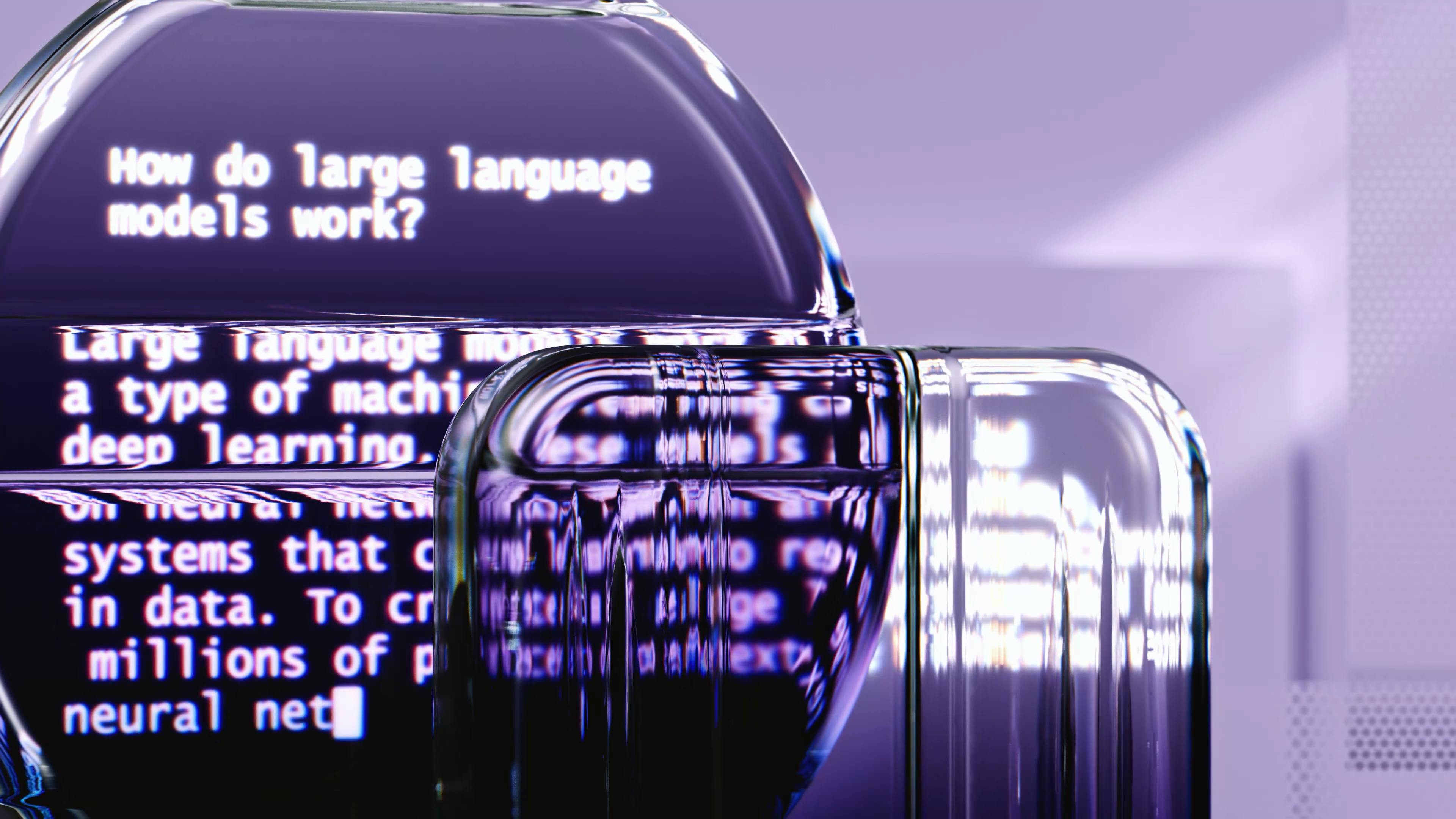A Practical Guide to Deep Learning: Applications and Benefits

Deep learning is a powerful tool within artificial intelligence (AI) that enables machines to solve complex problems by analyzing large amounts of data. This technology is increasingly being applied in various sectors, from healthcare to social media and self-driving cars. But what exactly is deep learning and how does it work?
What is deep learning?
Deep learning is a subset of machine learning (ML), in which artificial neural networks are used to identify patterns in large datasets. These neural networks are inspired by the human brain and consist of connected neurons that process data in different layers.
By using techniques such as supervised and unsupervised learning, deep learning enables computers to perform tasks without explicit instructions. Deep learning uses large amounts of data and powerful hardware, such as graphics processing units (GPUs) and tensor processing units (TPUs), to perform complex calculations efficiently. In addition, algorithms are used to improve the accuracy of the model.
With deep learning, complex problems can be tackled, such as image recognition, speech recognition and natural language processing (NLP). The model learns by analyzing huge amounts of data, recognizing patterns and then making predictions or decisions. This principle is also applied in smart communication solutions from companies like Belfabriek.
How does deep learning work?
Deep learning uses artificial neural networks, built up of multiple layers, to process data. Each layer in the network analyzes specific aspects of the input data. For example:
- Supervised Learning: Here, the model learns from labeled data. This is useful for tasks such as image recognition, where photos of objects are linked to their names.
- Unsupervised Learning: This is used for unlabeled data, such as analyzing hidden patterns in large datasets.
A deep learning algorithm can process large amounts of unstructured data, such as text, images and sound, to provide insights that human intelligence often finds difficult to obtain manually.
Applications of deep learning
Deep learning plays an important role in various aspects of our daily lives:
1. Natural Language Processing (NLP)
Deep learning enables machines to understand and respond to human language. Applications include voice-controlled assistants such as Siri and Alexa, automatic translations and chatbot technologies.
2. Computer vision
With image recognition, machines can identify and analyze objects. Think of self-driving cars that recognize traffic signs or medical scanners that detect abnormalities in scans.
3. Supply Chain Management
Deep learning helps to optimize logistics processes by making predictions about supply and demand. This can help companies to work more efficiently.
4. Digital transformation
Organizations use deep learning for a wide range of tasks, such as fraud detection, customer service and automating repetitive tasks. Belfabriek applies this, for example, in the automatic distribution of calls, real-time monitoring and improving telephone accessibility.
5. Self-driving cars
Deep learning algorithms enable vehicles to analyze traffic situations in real time and make decisions, such as braking or steering.
Advantages of deep learning
- Complex problem solving: It identifies patterns that are difficult for human experts to recognize.
- Efficiency: Deep learning models can process huge amounts of data faster than traditional methods.
- Versatility: From image recognition to speech recognition, the applications are endless.
- Improved decisions: It can make predictions based on data analysis, which helps companies with strategic choices.
Limitations of deep learning
Although deep learning offers powerful possibilities, there are also challenges:
- Data hunger: It requires huge amounts of data to learn effectively.
- Lack of transparency: It is often difficult to understand how a model arrives at a particular decision.
- High costs: The required hardware and computing power make deep learning a costly technology.
Conclusion
Deep learning is a revolutionary technology within artificial intelligence that enables companies and individuals to solve complex problems and discover new insights. With applications in various sectors, from healthcare to social media, deep learning continues to shape the future of technology and communication.
Deep learning is also playing an increasingly important role in the world of business telephony and customer communication. Belfabriek uses this technology to make companies more accessible in a smarter way: think of automatic speech recognition and intelligent call routing. By integrating AI and deep learning into our solutions, we help organizations to work more efficiently, respond faster to customer needs and improve the overall customer experience.
Frequently asked questions
A quick way to explore how everything works and what to expect.
Deep learning is a powerful tool within artificial intelligence (Artificial Intelligence - AI) that enables machines to solve complex problems by analyzing large amounts of data.
It works by processing large amounts of data through multiple layers of neurons, identifying patterns and making predictions.
It is used in image recognition, speech recognition, natural language processing and self-driving cars, and helps to solve complex problems.
Machine learning focuses on algorithms that learn from data, while deep learning uses neural networks to gain deeper and more complex insights.
It offers efficient problem solving, processing of large amounts of data and improved decision-making for companies.

 Netherlands
Netherlands Belgium
Belgium Denmark
Denmark Germany
Germany France
France Switzerland
Switzerland Austria
Austria UK
UK Spain
Spain Italy
Italy


